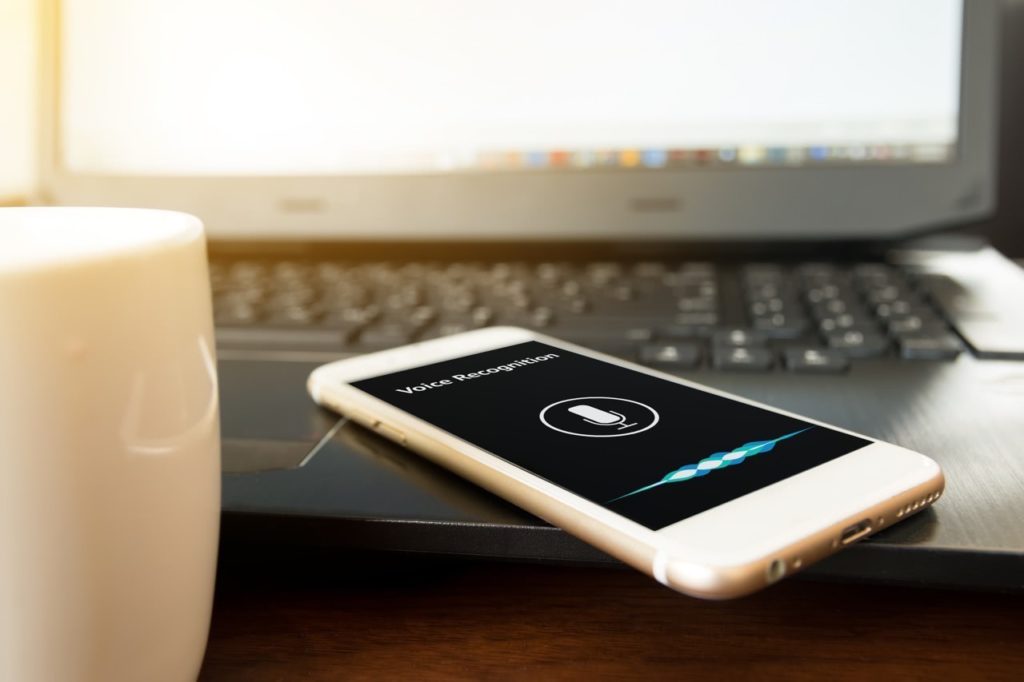When the iPhone was introduced, one of the most innovative and controversial aspects of the design was the keyboard. Before the iPhone, phones either had a physical QWERTY keyboard (like the prevalent Blackberry phones) or relied on a numeric keypad with T9 (like my stylish Motorolla RAZR).
The power of this design choice (obvious in hindsight) is that you can easily change the keyboard without having to change the hardware. Parlez-vous Français? Bam! You’ve got an AZERTY keyboard. Chinese? You have a keyboard that lets you draw characters. TextExpander’s keyboard will expand macros as you type them and Google’s keyboard lets you swipe between letters to spell out words. You can search and browse emoji. On the iPad, there’s even a keyboard that recognizes handwriting.
This is a flexibility that you just don’t have with a hardware keyboard. You can customize how you type according to personal preference.
There’s another keyboard built in to iOS that you may not have tried: the Siri Dictation keyboard. It’s 3x faster than typing.
If you have Siri enabled on your iPhone or iPad, Siri Dictation is already available. If you haven’t turned Siri on, go to Settings > General > Siri and turn Siri on.
Any time you have a keyboard (almost), there’s a little microphone key next to the space bar. When you tap it, the keyboard is replaced by a vocal waveform. Just start talking. Siri will transcribe what you say. It’s just like typing, but 3x faster.
On macOS, you can enable Dictation independent of Siri. Go to System Preferences > Keyboard > Dictation and turn Dictation on. The default key to start dictating is to press the Fn key twice.
A few tips as you get started:
-
Talk normally. Don’t shout. Don’t over-enunciate. Talk normally, but talk clearly. It’s hard not to slip into a dictation voice, but it really isn’t necessary.
-
Punctuation matters. Siri can’t infer punctuation from how you pause. (This is good, or she’d be inserting a lot of ellipses.) To get punctuation, you just need to include it as you go:
A panda walks into a bar full stop
He eats comma shoots comma and leaves full stop
The Siri User Guide has compiled a great list of the punctuation commands that Siri understands. Personally, I prefer “full stop” over “period”. I don’t know why. Maybe it feels like I’m sending a telegram.
-
It works offline (or can). On iOS, the transcription happens locally. This means it works when you’re offline, either intentionally or because you don’t have a signal. On macOS, the transcription needs to go through Apple’s servers unless you enable Enhanced Dictation. If you have the space, turn it on.
-
Be considerate. Don’t use dictation when those around you are going to be annoyed by it. Obviously, don’t use dictation with anything you don’t want anyone around you to hear.
-
Proofread your work. If it’s important to get right, then make sure you got it right. Check for homophonic substitutions and missing punctuation. I’ve found that what I was trying to say is often suggested if I tap on a questionable word or phrase.
If the transcription is laggy, try pausing every sentence or so to let it catch up. If you keep talking, it’s going to drop words. You might also try moving someplace quieter or speaking directly into the microphone.
Siri dictation is also available on the Apple Watch. In many apps, it’s the default keyboard. You can configure Drafts, for example, to start dictating as soon as it launches. It’s a fantastic experience.
I’ve used dictation for everything from long-form transcription to jotting quick notes to myself. It’s not perfect, but it’s improving rapidly. If you haven’t tried it yet, give it a shot. You might feel a little self-conscious talking to your phone. If it helps you get more done, it’s worth it. Full stop.
Question: Do you use dictation software? Share your thoughts in the comments, on Twitter, LinkedIn, or Facebook.
Never Miss a Post
When you sign up to receive my blog posts by email, you’ll get a FREE copy of The Digital Goal Domination Guide, my new ebook that will show you how to reach your goals using OmniFocus and Evernote. Get more done this year than you ever thought possible!
PLUS, you’ll receive occasional bonus content and special offers, some of it not available on the blog.
